5 min read
Is there Power in Personalisation? Part 1
In this first blog out of a three-part series, we look at the rise of personalisation, what it means, and why marketers should personalise their ...
Get the latest insights, research and news delivered straight to your inbox.
Plus, enter to win the 2nd edition of Omnichannel Retail by Tim Mason & Sarah Jarvis!
No spam. We promise. 💜
Featured Case Study:
See how Eagle Eye helped Giant Eagle relaunch myPerks, delivering 25M+ personalized offers monthly and boosting loyalty program ROI.
Contact us to find out how we can enable your teams on our platform.

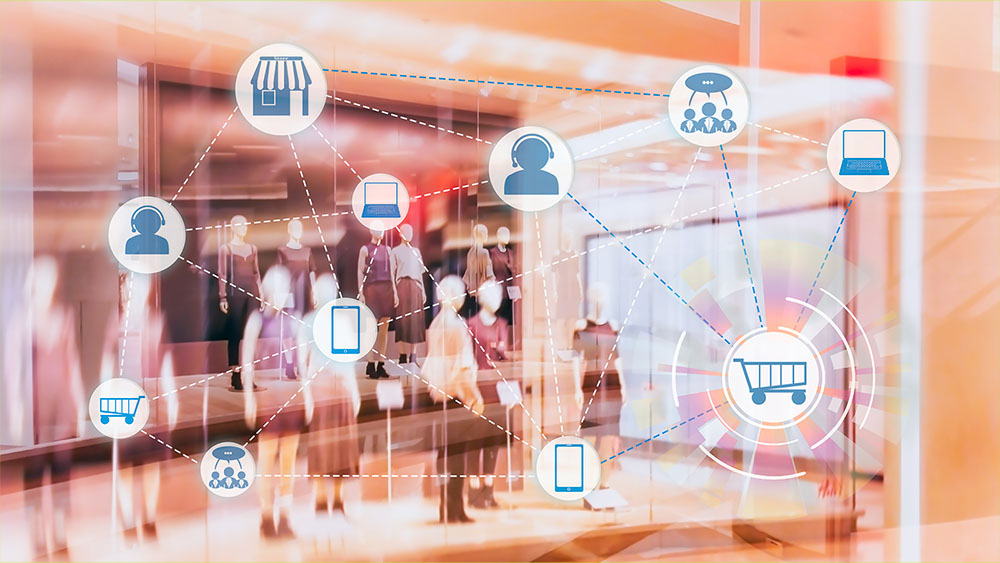
Following my last blog, which discussed the importance of personalization, I explore what tools marketers need for success, along with benchmarks and examples they can take inspiration from.
To some, Amazon have long been the poster child for personalization. Every customer’s homepage is different, tailored to offer products based on what a customer has viewed in the past, along with recommendations based on past purchases. Even the sales messages are different, customized by geography and demography, as well as personal preferences, to name a few.
However, that’s not to say Amazon is the only business taking data and turning it into something more meaningful. Using sophisticated customer relationship management (CRM), customer data platform (CDP) analytics, and marketing execution engines, businesses of every shape and size are using customer data to offer more consistent and relevant content, offers, and engagement. Take a look at a few of my favorite examples of personalization below.
One of the most sophisticated forms of personalization used at present, hyper-personalization can be defined as the use of real-time data and analytics capabilities to deliver relevant offers, messages, content, and product recommendations for customers.
The Canadian grocer, Loblaws, delivers over 150 million offer permutations every week to members of its PC Optimum loyalty scheme, ensuring they always receive relevant offers and that every set of offers is unique to each customer. While there may be thousands of offers available across the store, customers will only see offers in their app’s wallet that have been tailored to them, based on their shopping history. Each customer’s wallet is unique and contains offers that reflect their preferences.
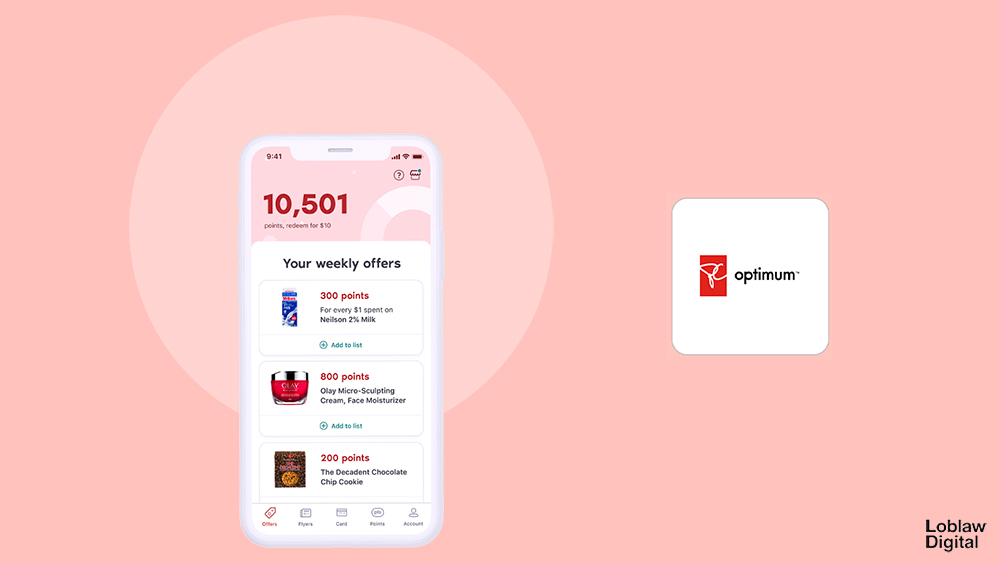
PC Optimum Loyalty Scheme. Credit: Loblaw Digital
Moreover, it’s working. As of 2019, PC Optimum was delivering personalized offers worth over $1 billion each year to over 18 million members. Further, Loblaws is now using data from the program to deliver relevant ads to customers browsing online and thank them for allowing Loblaws to use their data and advertise to them.
Loblaws uses sophisticated CRM, CDP, and loyalty tools to understand its customers via their digital connection through PC Optimum in order to thank and better serve them with rewards and offers.
For me, Spotify are the brand to beat when it comes to understanding and using customer behaviour to enhance the user experience in a meaningful way. Using customers’ listening habits, they curate personalized playlists based on their tastes, suggesting new artists to listen to. Results showed that after a listener played a new artist’s track once, 80% then sought out that track to listen again.
Further, its run of wildly successful big data marketing campaigns started with ‘Thanks, 2016. It's been weird,’ where it used customer data in irreverent ways, including using geographic analysis. For example, a UK poster read: "Dear 3,749 people who streamed 'It's The End Of The World As We Know It' the day of the Brexit Vote. Hang in There,” while a US one read: "Dear person who made a playlist called: 'One Night Stand With Jeb Bush Like He's a Bond Girl in a European Casino,' We have so many questions." It then tailored this content even further, down to city level, with this billboard appearing in New York: "Dear person in the Theater District who listened to the Hamilton soundtrack 5,376 times this year. Can you get us tickets?"
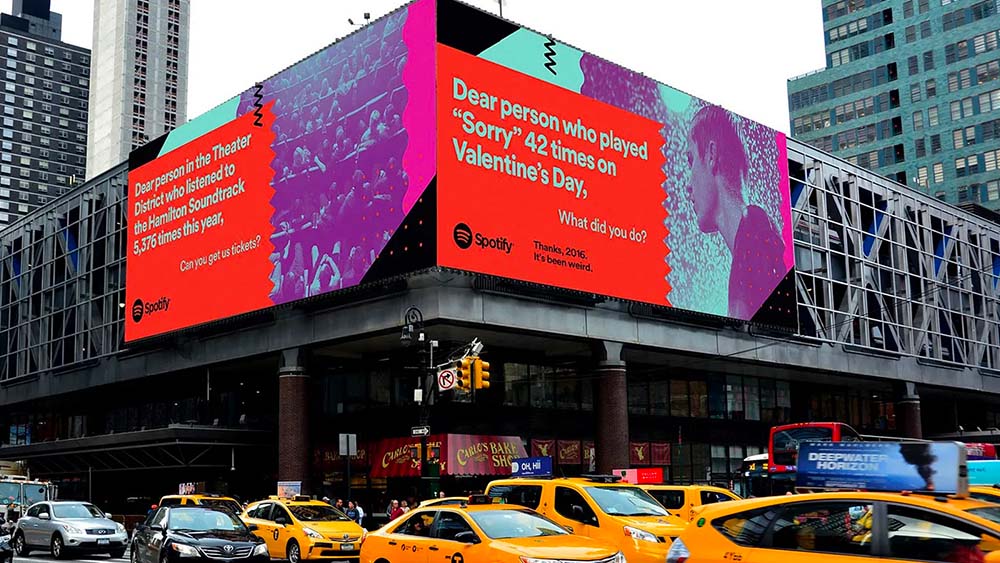
Spotify "Thanks 2016, It’s been weird" campaign. Credit: Medium
Since 2015, Spotify has also sent customers ‘Year in Review’ emails with insights into a listener’s usage, including the most played song, most listened to artist, total listening time, etc. These personalized interactions drive brand affinity, create social buzz, and have thus ensured that Spotify continues to invest in the concept each year, including introducing a standalone page in-app for the feature in 2019. Why, you ask? According to its global head of consumer and product marketing, June Sauvaget, it’s because of ‘FOMO’ (the “fear of missing out”), and the knock-on impact of enticing new subscribers.
Like Loblaws, Spotify is using the in-built digital customer connection that comes via its streaming music platform to analyze the customer data it generates. It uses the resulting insight to drive actions that demonstrate relevance and drive sales and new customer acquisition, as well as loyalty.

Spotify annual "Wrapped" campaign. Credit: AdAge
Matching a product with elements based on a Facebook profile may seem gimmicky, but Cadbury leveraged the power of video on social media to create personalized videos. Using age, interests, location, and photos, Cadbury generated a video of their content, suggesting at the end a customer’s taste in chocolate. Using the data it had available, the campaign saw a 65% CTR and a 33.6% conversion rate.
In the same way, Coke launched its phenomenally successful ‘Share a Coke’ campaign in 2013. The premise was simple; instead of the usual Coca-Cola logo, customers could buy a bottle with their name on it. The campaign was phenomenally successful, in part due to the uptake of Millennials wanting to jump on the social media bandwagon and share pictures of their personalized bottles.
But it didn’t stop there. Coke extended the campaign into 2014 and, by the end, they had sold more than 150 million personalised bottles, growing sales for the first time in 10 years.
Chris Ross, Coca-Cola Senior Brand Activation Manager, credits the success of the campaign to using personalisation to connect with friends or loved ones and create special moments of happiness and memories.
What’s key in all these examples is the data. Without data, none of these are possible. Depending on the company, certain types of personalisation will work better than others, but all businesses have the ability to incorporate some form of personalization in their marketing.
They all also use CRM, CDP, and loyalty or promotional marketing execution engines to embed personalization using D.I.A.L (Data, leading to Insight, driving Action to promote Loyalty) into marketing campaign strategic planning, creative design, and measurement.
Read the final, Part 3 in this series, where I look at what’s next for personalization – and what tools marketers can use to increase personalization whenever and wherever customers want it.
To find out more about how Eagle Eye can help you personalize your marketing strategy and execution to foster more relevant and profitable customer engagement, please contact
Get the latest insights, research, and news delivered straight to your inbox.
Plus, enter to win the 2nd edition of Omnichannel Retail by Tim Mason & Sarah Jarvis!
No spam. We promise. 💜
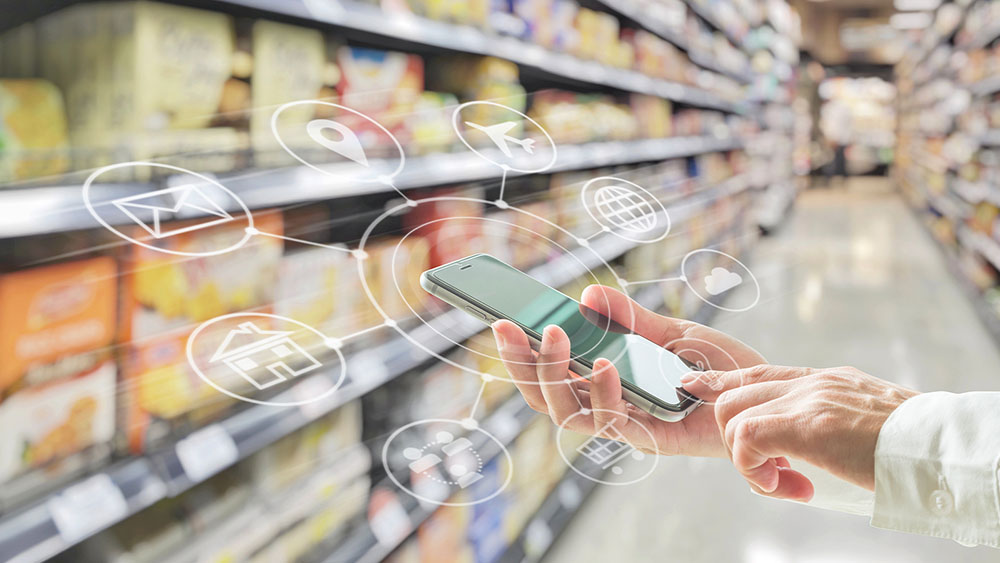
5 min read
In this first blog out of a three-part series, we look at the rise of personalisation, what it means, and why marketers should personalise their ...
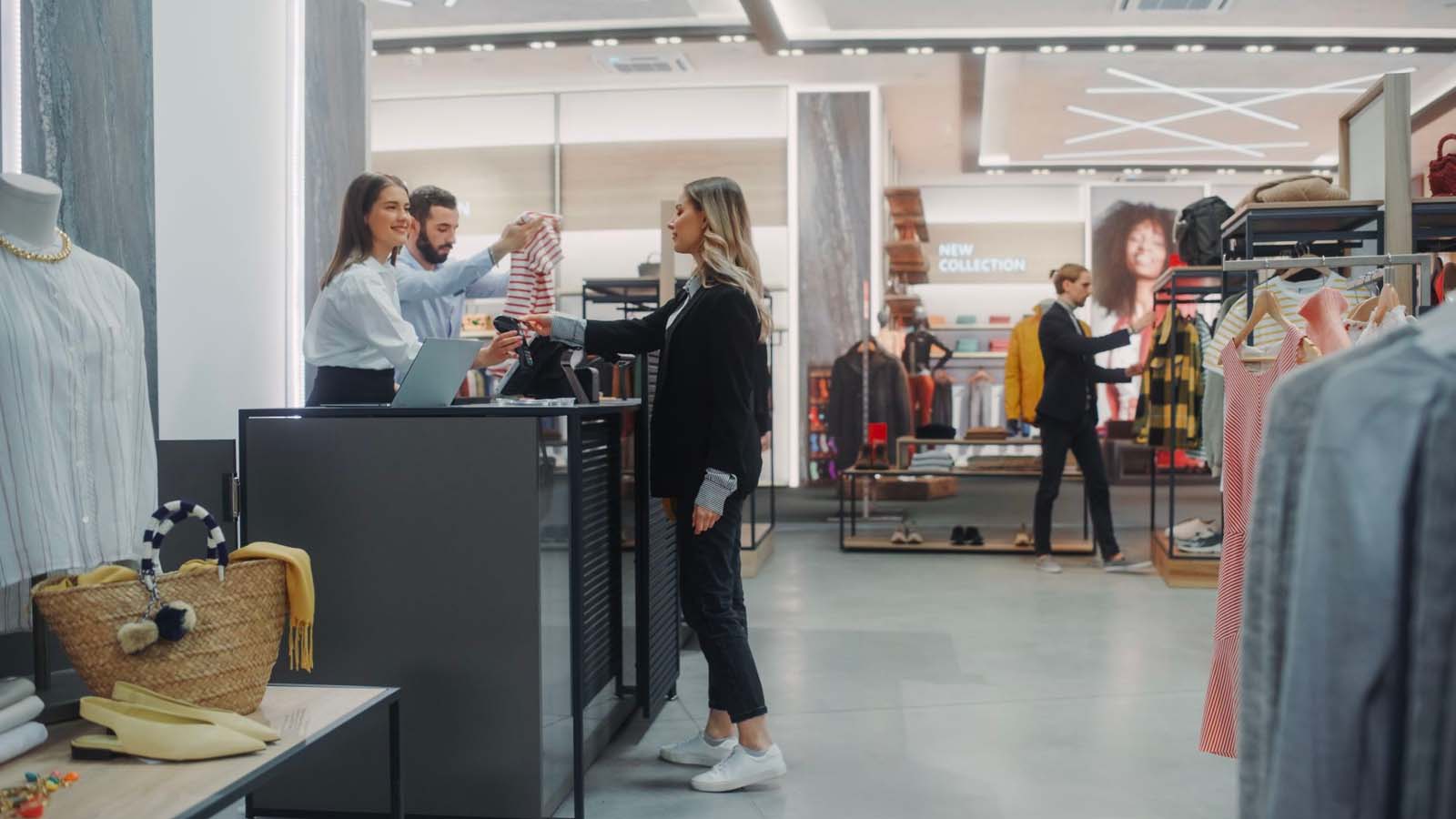
1 min read
Discover why retail personalization must be created - not curated - to drive deeper engagement, loyalty, and long-term customer connections.
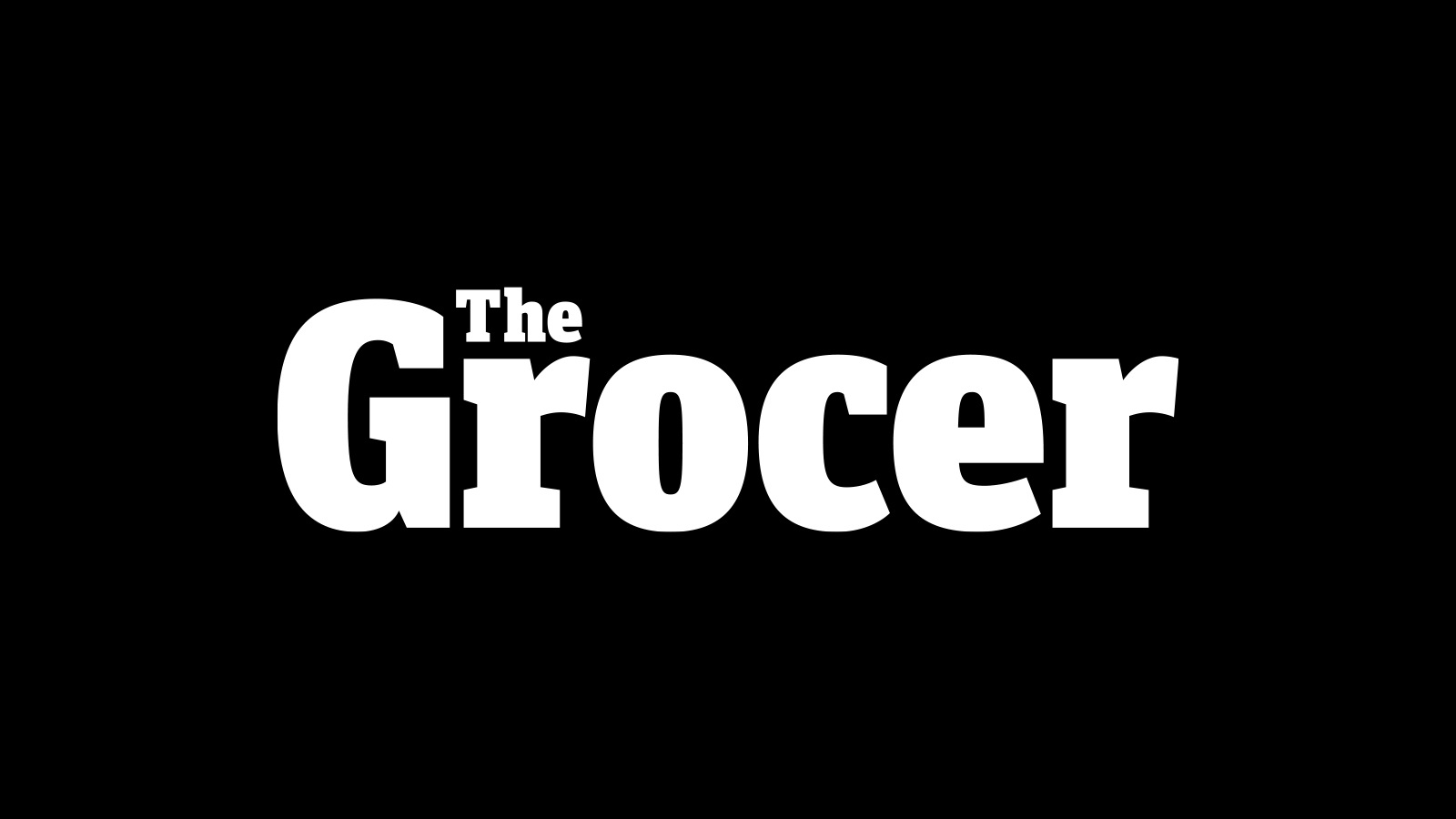
1 min read
Tesco’s latest Clubcard Challenges campaign offers customers up to £50 in loyalty points, further personalizing rewards and boosting program engagement.